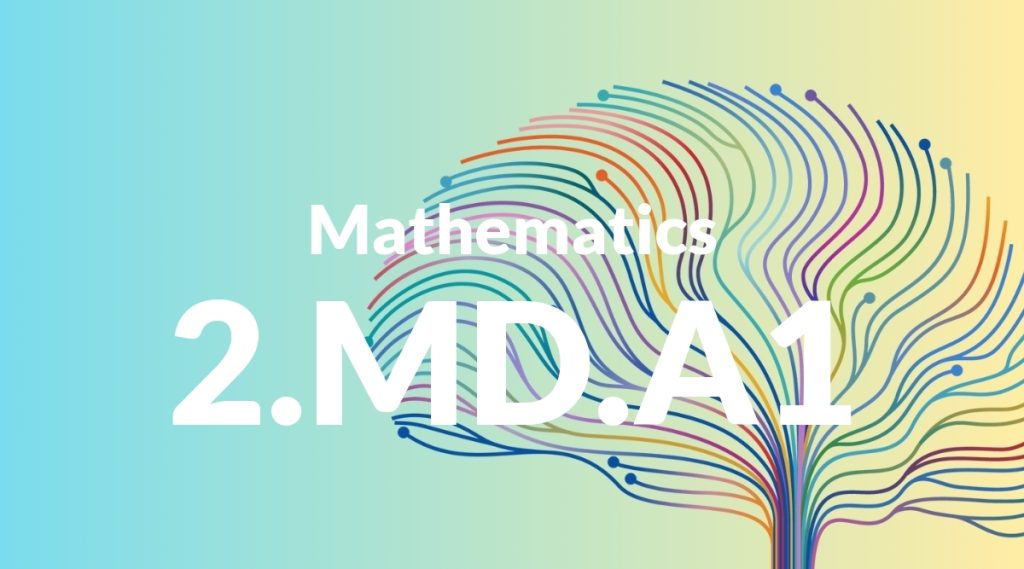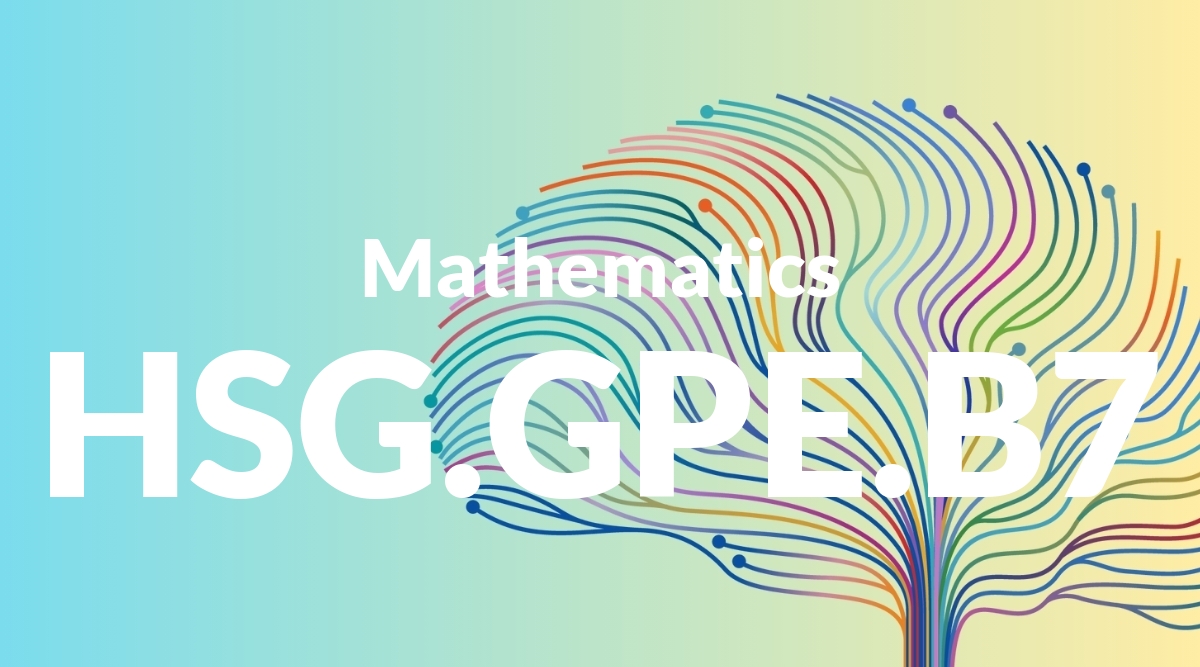Standard: 2.MD.A1 – Measure the length of an object by selecting and using appropriate tools such as rulers, yardsticks, meter sticks, and measuring tapes.
Grade level: Grade 2
Subject: Mathematics
Domain: Measurement & Data
Teacher Overview
This standard focuses on teaching students how to measure the length of objects using appropriate tools such as rulers, yardsticks, meter sticks, and measuring tapes. Mastery of this skill is fundamental as it lays the groundwork for more advanced measurement concepts and real-world applications. Students should have a basic understanding of length and experience with comparing the lengths of objects. Familiarity with simple measurement tools and units like inches and centimeters is also important.
After mastering this standard, students will be able to tackle more complex measurement problems, including estimating lengths, solving word problems, and converting between units of measurement.
Common Misconception 1
Some students might think that all measuring tools give the same measurement regardless of the unit. This is incorrect because different tools use different units of measurement, and it’s important to recognize these differences.
Intervention 1
Provide hands-on activities where students measure the same object with different tools and compare the results. Emphasize the importance of checking the units on each tool.
Common Misconception 2
Another common misconception is that the starting point of the measurement is always at the edge of the tool. This is not correct because the measurement should start from the zero mark on the tool.
Intervention 2
Demonstrate the correct way to start measuring from the zero mark and provide practice opportunities for students to measure objects starting from zero.
Prerequisite Knowledge
Students should understand basic concepts of length and have experience with comparing the lengths of different objects. They should also be familiar with using simple tools for measurement and have a basic understanding of units of measurement like inches and centimeters.
Subsequent Knowledge
After mastering this standard, students will be able to apply their measurement skills to more complex problems, such as estimating lengths and solving word problems involving measurements. They will also learn to convert between different units of measurement.
Instructional Activities
- Measure classroom objects using rulers and yardsticks
- Estimate and then measure the length of various items
- Create a chart comparing measurements using different tools
- Participate in a scavenger hunt where students find objects of a specific length




